Migliore 9 Software di separazione dei colori per stampanti serigrafiche
introduzione:
In questo articolo, Esploreremo le nove migliori opzioni di software di separazione dei colori disponibili, discutere le loro caratteristiche, vantaggi, e idoneità per esigenze diverse.
La stampa dello schermo è un metodo popolare per creare stampe vibranti e di alta qualità su vari materiali. La separazione dei colori gioca un ruolo cruciale nel processo del software di separazione della stampa schermata, In quanto implica la rompere un'immagine in canali di colore separati per una stampa precisa. Per semplificare e migliorare le attività di separazione dei colori, Le stampanti a schermo si affidano a software specializzato.
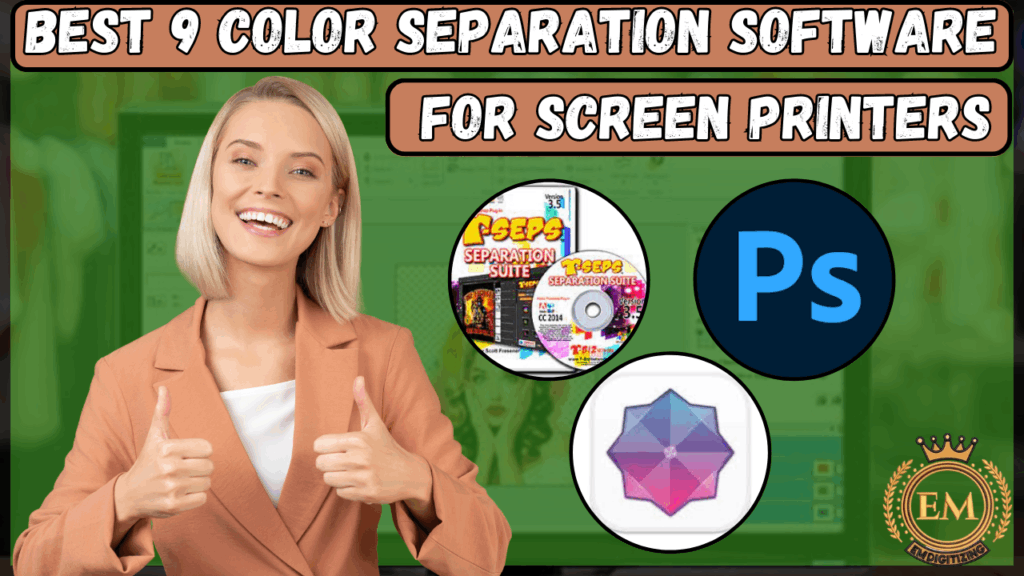
Migliore 9 Software di separazione dei colori per stampanti serigrafiche
Superiore 9 Software di separazione dei colori per stampanti serigrafiche
Discutiamo il software Top Nove Color Separator per la stampa sullo schermo:
Adobe Photoshop:
Adobe Photoshop è un software leader ampiamente utilizzato nel settore della progettazione e della stampa grafica. Fornisce una solida separazione dei colori per Strumenti di stampa dello schermo, consentendo alle stampanti a schermo di creare separazioni accurate utilizzando i canali, strati, e maschere. Con le sue funzionalità avanzate e ampie opzioni di personalizzazione, Photoshop offre flessibilità e controllo senza pari sul processo di separazione dei colori.
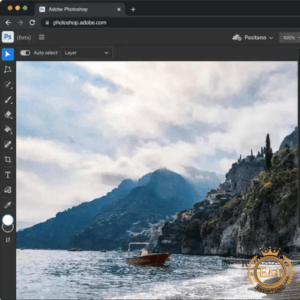
CorelDRAW:
CorelDraw è un software di progettazione grafica versatile che include potenti capacità di separazione dei colori. Offre una gamma di strumenti e funzionalità specificamente progettate per le stampanti a schermo, Abilitare una separazione precisa dei colori e un flusso di lavoro di produzione efficiente. CorelDRAW’;s intuitivo interfaccia e ampia compatibilità con vari formati di file lo rendono una scelta popolare tra le stampanti dello schermo.
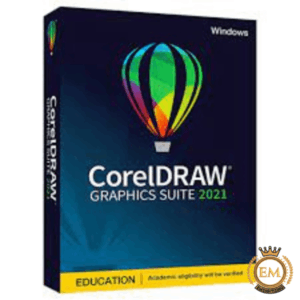
Studio di separazione:
Sviluppato specificamente per la stampa dello schermo, Separations Studio è una stampa a schermo di separazione a colori dedicata software di digitalizzazione Ciò semplifica il processo di separazione. Fornisce strumenti di separazione dei colori automatizzati, consentendo agli utenti di generare rapidamente separazioni di alta qualità con uno sforzo minimo. Separation Studio supporta sia il colore spot che la stampa di processo simulata, renderlo adatto a una vasta gamma di requisiti di stampa.
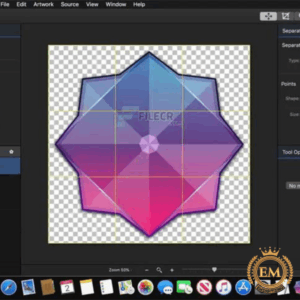
Accurip perla nera:
Accurip Black Pearl è una soluzione software specializzata progettata per le stampanti a schermo che lavorano con Adobe Photoshop e CorelDraw. Si concentra principalmente sulla creazione di separazioni accurate per design in bianco e nero o in scala di grigi. Accurip Black Pearl ottimizza la stampa dello schermo disegno del ricamo Processo software generando mezzitoni e offrendo un controllo avanzato sulla densità dell'inchiostro e nella forma del punto.
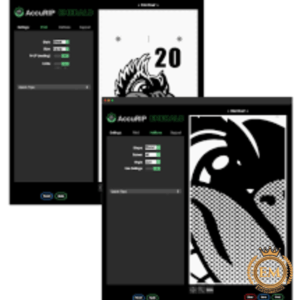
T-sep:
T-Seps è un popolare software di stampa a schermo di separazione a colori appositamente su misura per il settore della stampa dello schermo. Offre strumenti di separazione dei colori automatizzati, tra cui separazioni di colori spot e separazioni di processo simulate. T-Seps fornisce un controllo completo su ciascun canale di colore, consentendo alle stampanti a schermo di ottenere risultati precisi e coerenti.
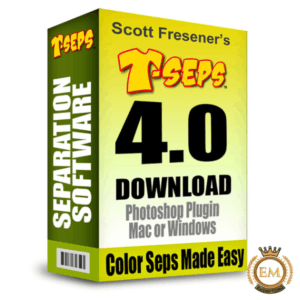
Ultraseps:
UltraSeps è un software di separazione a colori ricco di funzionalità progettato per semplificare il flusso di lavoro della stampa dello schermo. Offre opzioni avanzate di separazione dei colori, come le impostazioni di base e strozzatura, nonché funzionalità di intrappolamento automatizzato. UltraSeps supporta sia il colore spot che le separazioni del colore del processo simulate in Photoshop e fornisce una serie di strumenti per ottimizzare l'output del colore.
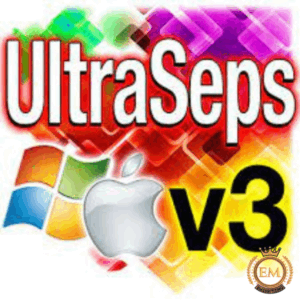
Quikseps Professional:
Quikseps Professional è una separazione di colori completa Photoshop per il software di stampa a schermo che fornisce stampanti a schermo con separazioni efficienti e accurate. Offre caratteristiche di separazione dei colori automatiche, Insieme alle impostazioni personalizzabili per mettere a punto il processo di separazione. Quikseps Professional supporta sia il colore spot che la stampa di processo simulata, Garantire risultati di alta qualità per diversi progetti di stampa.
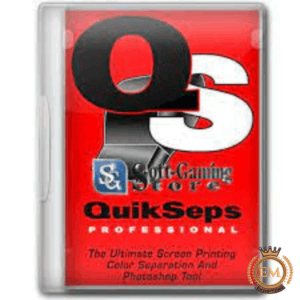
Wasatch Softrip:
Wasatch SoftRIP is a versatile screen printing rip software –; (Processore di immagini raster) software ampiamente utilizzato nel settore della stampa. Sebbene noto principalmente per le sue potenti capacità di gestione dei colori, Softrip offre anche strumenti di separazione dei colori avanzati. Fornisce un controllo preciso sui colori spot, Mezzitoni, e limiti di inchiostro.
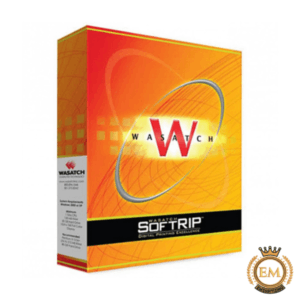
Kothari Print Pro:
Kothari Print Pro è una scelta popolare tra le stampanti per lo schermo grazie alle sue caratteristiche complete di separazione dei colori e all'interfaccia intuitiva. Offre un'efficace separazione dei colori spot e supporta separazioni di processo simulate per il raggiungimento di stampe complesse e vibranti. Kothari Print Pro include anche opzioni avanzate per mezzitoni e strumenti di gestione dei colori per una riproduzione accurata dei design.
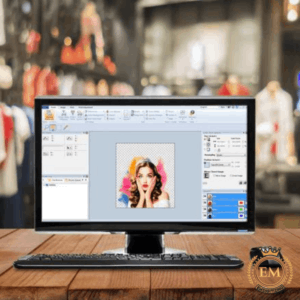
Fattori da considerare quando si sceglie il software di separazione dei colori:
- Cerca un software con un'interfaccia intuitiva e strumenti intuitivi che semplificano il processo di separazione dei colori, risparmiando tempo e fatica.
- Scegli software che fornisca separazioni accurate, Garantire che i colori nella stampa finale abbiano il design originale.
- Opt per il software che consente di personalizzare le impostazioni di separazione, comprese le densità di inchiostro, Mezzitoni, e opzioni di intrappolamento, Per ottenere i risultati desiderati.
- Assicurati che il software sia compatibile con i formati di file con cui lavori e si integra bene con il tuo esistente disegno del ricamo software o flusso di lavoro a strappo.
- Prendi in considerazione il software che offre assistenza clienti affidabile e aggiornamenti regolari per garantire la compatibilità con nuovi sistemi operativi e tecnologie emergenti.
- Diversi software possono specializzarsi in tecniche di stampa specifiche, come il colore spot o la stampa di processo simulato. Scegli il software che si allinea al tuo metodo di stampa preferito.
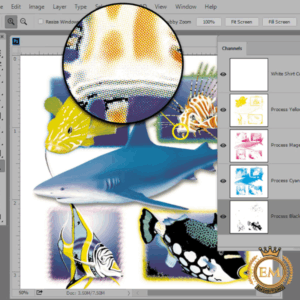
- Evaluate the software’;S capacità di mantenere l'integrità del design originale durante il processo di separazione dei colori. Cerca un software che produca separazioni ad alta risoluzione con transizioni fluide e una riproduzione di colori accurata.
- Consider the software’;S Capacità di gestire grandi dimensioni di file e supportare vari formati di file comunemente utilizzati nel settore della stampa schermata, come PSD, AI, EPS, o tiff. La compatibilità con il software di progettazione preferito e il flusso di lavoro RIP è cruciale per l'integrazione senza soluzione di continuità.
- Cerca un software che fornisca strumenti di gestione dei colori robusti, compresi i profili ICC, corrispondenza del colore, e controllo dell'inchiostro. Una gestione efficace del colore garantisce una riproduzione del colore coerente e accurata tra diversi sistemi di stampa.
- Evaluate the software’;S Caratteristiche del flusso di lavoro, come l'elaborazione batch, automazione, e la capacità di gestire contemporaneamente separazioni multiple. Gli strumenti di flusso di lavoro efficienti possono migliorare significativamente la produttività e ridurre i tempi di consegna.
- Evaluate the software’;Struttura dei prezzi S., compresi i costi iniziali, Modelli di licenza (perpetuo o basato su abbonamento), e eventuali costi aggiuntivi per aggiornamenti o assistenza clienti. Considera i tuoi requisiti di budget e a lungo termine quando prendi una decisione.
- Controlla se il software ha una comunità utente attiva o un forum di supporto in cui è possibile connettersi con altre stampanti per lo schermo. Feedback degli utenti, tutorial, e la risoluzione dei problemi delle risorse può essere prezioso nell'ottimizzare il flusso di lavoro di separazione dei colori.
- Se si utilizzano software o hardware aggiuntivi nel processo di stampa dello schermo, Assicurarsi che il software di separazione dei colori sia compatibile e si integri senza intoppi con questi strumenti. Ciò potrebbe includere il software RIP, Sistemi di gestione della stampa, o dispositivi di misurazione del colore.
- Considera la scalabilità del software mentre la tua azienda si espande. Assicurarsi che il software possa gestire progetti di stampa più grandi e complessi senza compromettere la velocità, qualità, o funzionalità.
Considerando attentamente questi fattori, Puoi selezionare il software di separazione dei colori che meglio si allinea con i requisiti specifici, Migliora il tuo flusso di lavoro di stampa sullo schermo, e ti aiuta a ottenere risultati di stampa eccezionali.
Conclusione:
La scelta del giusto software di separazione dei colori è essenziale per le stampanti per lo schermo per ottenere stampe accurate e vibranti. Le nove opzioni software menzionate in questo articolo, Compreso Adobe Photoshop, CorelDRAW, Studio di separazione, Accurip perla nera, T-sep, Ultraseps, Quikseps Professional, Wasatch Softrip, e Kothari Print Pro, Offri una gamma di funzionalità e capacità per semplificare e migliorare il processo di separazione dei colori. Considera i tuoi requisiti specifici, come facilità d'uso, precisione, Opzioni di personalizzazione, e compatibilità, Per selezionare il software che si adatta meglio alle tue esigenze e migliora il flusso di lavoro della stampa schermata.
Alla ricerca di servizi di digitalizzazione del logo da ricamo personalizzato? Non guardare oltre DIGITALIZZAZIONE EM, La tua ultima scelta per il logo di ricamo di prim'ordine servizi di digitalizzazione. Presso EM DIGITALIZZAZIONE, Ci impegniamo a fornire qualità e artigianato eccezionali in ogni progetto che intraprendiamo. What’;c'è di più, Attualmente stiamo offrendo uno sconto esclusivo di 50% Su tutti i nostri servizi per i clienti per la prima volta. Approfitta di questa offerta a tempo limitato e richiedere un preventivo gratuito oggi. Il nostro team dedicato si metterà prontamente in contatto con te per discutere le tue esigenze.
Grazie per aver dedicato del tempo a leggere questo articolo, E non vediamo l'ora di servirti presto!
Il software di separazione a colori è uno strumento digitale utilizzato nel settore della stampa per abbattere un'immagine nei suoi colori costitutivi (di solito i colori cmyk o spot) Ai fini della stampa dello schermo o di altri processi di stampa.
Quando si tratta di separazione dei colori in Photoshop, one popular plugin is “;Separation Studio.”; Fornisce capacità di separazione dei colori avanzate, consentendo agli utenti di separare le immagini in singoli canali di colore per la stampa dello schermo.
La separazione del colore dello schermo EZ è un software proprietario in particolare ricamo progettato Per le separazioni dei colori della stampa dello schermo. Offre un'interfaccia intuitiva e processi automatizzati per semplificare e semplificare il flusso di lavoro di separazione dei colori per le stampanti a schermo.
Per separare i colori CMYK, Puoi usare software come Adobe Photoshop. In Photoshop, vai al pannello dei canali, Seleziona ogni canale (Ciano, Magenta, Giallo, e nero) individualmente, e creare immagini separate in scala di grigi. Queste immagini in scala di grigi rappresentano le singole separazioni di colore.
La migliore tecnica per separare i colori dipende dal processo di stampa e dai requisiti specifici. Le tecniche comuni includono la separazione del colore CMYK per le stampe a colori, Spot Color Separation for Designs con specifici colori Pantone, e separazione dei mezzitoni per la creazione di tonalità e gradienti diversi nella stampa schermata. La scelta della tecnica dovrebbe essere basata sul risultato di stampa desiderato e sulle capacità del processo di stampa utilizzato.
